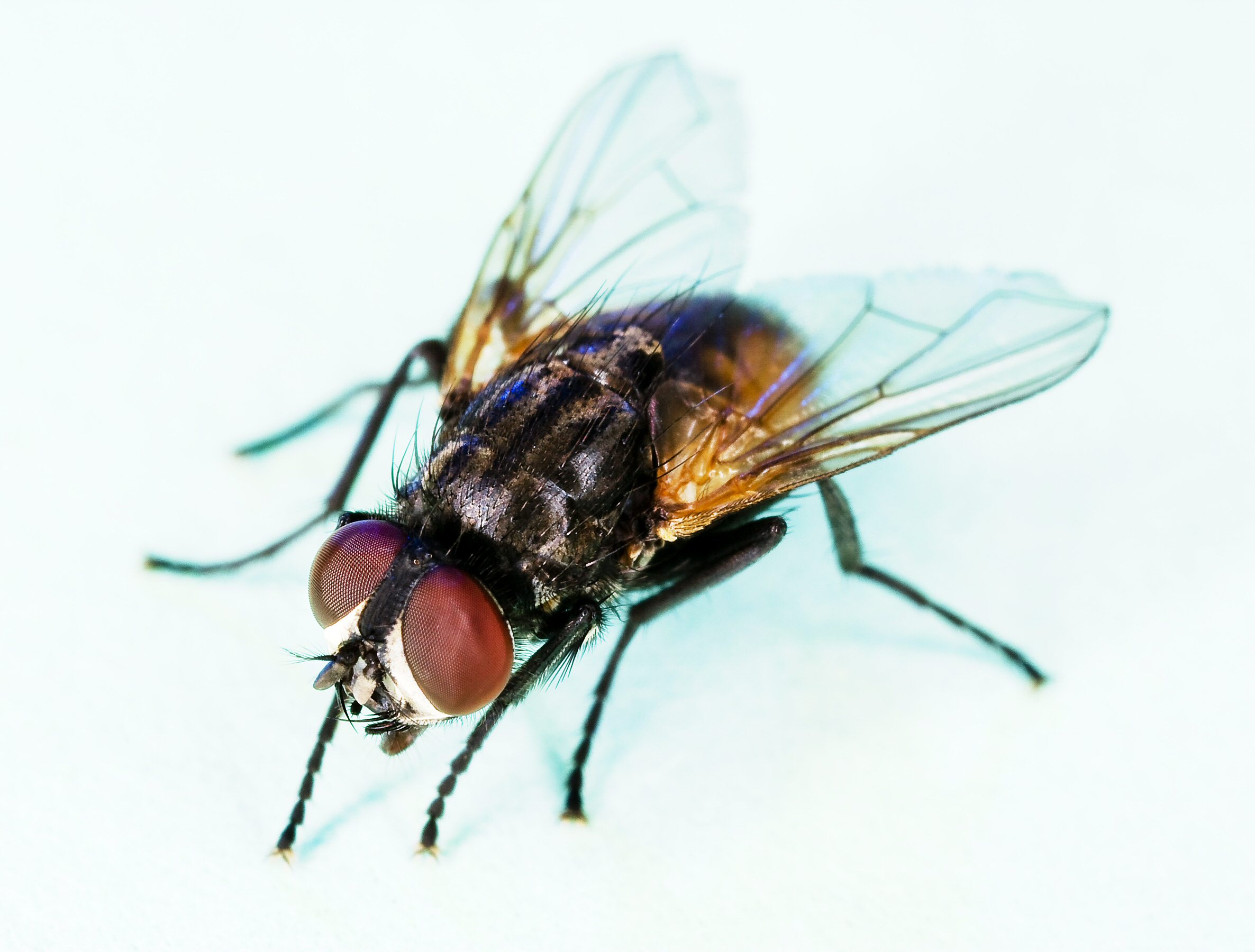|
Dolichoderus Spurius
''Dolichoderus spurius'' is a species of ant in the genus '' Dolichoderus''. Described by Auguste-Henri Forel in 1903, the species is endemic to South America.MacKay, W. P. 1993b. A review of the New World ants of the genus ''Dolichoderus'' (Hymenoptera: Formicidae). ''Sociobiology'' 22: 1-148 (page 97, raised to species) References spurius Spurius is a small genus of passalid beetles from Mesoamerica Mesoamerica is a historical region and cultural area in southern North America and most of Central America. It extends from approximately central Mexico through Belize, Guatema ... Hymenoptera of South America Insects described in 1903 {{Dolichoderus-stub ... [...More Info...] [...Related Items...] OR: [Wikipedia] [Google] [Baidu] |
Auguste-Henri Forel
Auguste-Henri Forel (1 September 1848 – 27 July 1931) was a Swiss myrmecologist, neuroanatomist, psychiatrist and eugenicist, notable for his investigations into the structure of the human brain and that of ants. For example, he is considered a co-founder of the neuron theory. Forel is also known for his early contributions to sexology and psychology. From 1978 until 2000 Forel's image appeared on the 1000 Swiss franc banknote. Biography Born in villa ''La Gracieuse'', Morges, Switzerland, to Victor Forel a pious Swiss Calvinist and Pauline Morin, a French Huguenot he was brought up under a protective household. At the age of seven he began to take an interest in insects. He went to school at Morges and Lausanne before joining the medical school at Zurich. Forel had a diverse and mixed career as a thinker on many subjects. At Zurich he was inspired by the work of Bernhard von Gudden (1824-1886). In 1871 he went to Vienna and studied under Theodor Meynert (1833-1892) b ... [...More Info...] [...Related Items...] OR: [Wikipedia] [Google] [Baidu] |
Dolichoderus
''Dolichoderus'' is a genus of ants found worldwide. Taxonomy The ants of the Neotropical genus ''Monacis'' were revised in 1959 by Kempf. However, Brown in 1973 and G. C. Wheeler and J. Wheeler in 1973 and 1976 considered both ''Monacis'' and ''Hypoclinea'' to be junior synonyms of ''Dolichoderus''. Description The type species is '' Dolichoderus attelaboides''. Worker ants in this genus have a body length that is typically about four millimetres and can be recognised by their thick, inflexible and strongly sculptured integument. There is a flange on the underside of the head near the base of the mandibles which is saw-like in some species. The longitudinal suture in the central plate of the metathorax is deeply impressed. The propodeum or first abdominal segment has the posterior face distinctly concave when viewed from the side. [...More Info...] [...Related Items...] OR: [Wikipedia] [Google] [Baidu] |
South America
South America is a continent entirely in the Western Hemisphere and mostly in the Southern Hemisphere, with a relatively small portion in the Northern Hemisphere at the northern tip of the continent. It can also be described as the southern Subregion#Americas, subregion of a single continent called Americas, America. South America is bordered on the west by the Pacific Ocean and on the north and east by the Atlantic Ocean; North America and the Caribbean Sea lie to the northwest. The continent generally includes twelve sovereign states: Argentina, Bolivia, Brazil, Chile, Colombia, Ecuador, Guyana, Paraguay, Peru, Suriname, Uruguay, and Venezuela; two dependent territory, dependent territories: the Falkland Islands and South Georgia and the South Sandwich Islands; and one administrative division, internal territory: French Guiana. In addition, the ABC islands (Leeward Antilles), ABC islands of the Kingdom of the Netherlands, Ascension Island (dependency of Saint Helena, Asce ... [...More Info...] [...Related Items...] OR: [Wikipedia] [Google] [Baidu] |
Hymenoptera Of South America
Hymenoptera is a large order of insects, comprising the sawflies, wasps, bees, and ants. Over 150,000 living species of Hymenoptera have been described, in addition to over 2,000 extinct ones. Many of the species are parasitic. Females typically have a special ovipositor for inserting eggs into hosts or places that are otherwise inaccessible. This ovipositor is often modified into a stinger. The young develop through holometabolism (complete metamorphosis)—that is, they have a wormlike larval stage and an inactive pupal stage before they mature. Etymology The name Hymenoptera refers to the wings of the insects, but the original derivation is ambiguous. All references agree that the derivation involves the Ancient Greek πτερόν (''pteron'') for wing. The Ancient Greek ὑμήν (''hymen'') for membrane provides a plausible etymology for the term because species in this order have membranous wings. However, a key characteristic of this order is that the hindwings are ... [...More Info...] [...Related Items...] OR: [Wikipedia] [Google] [Baidu] |


